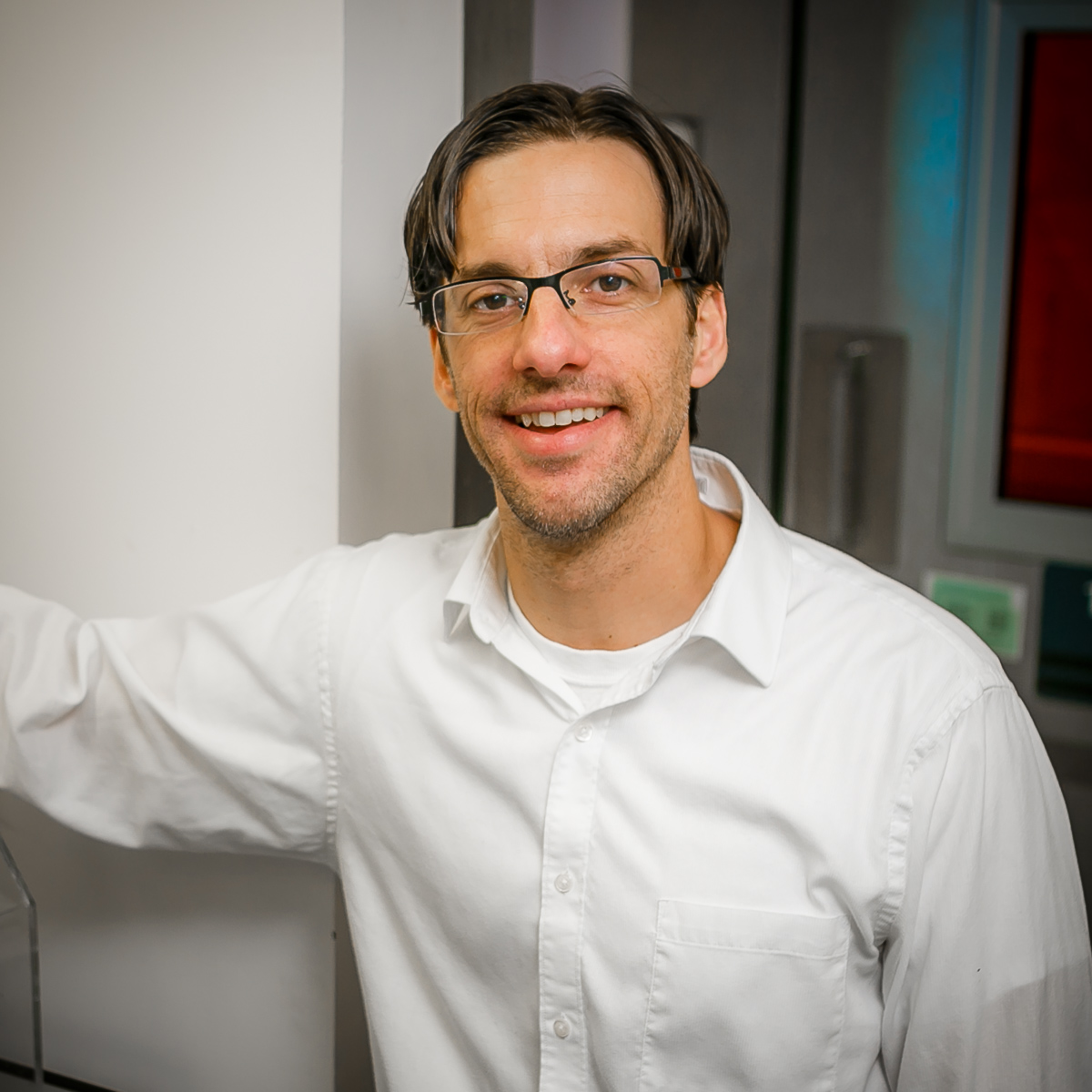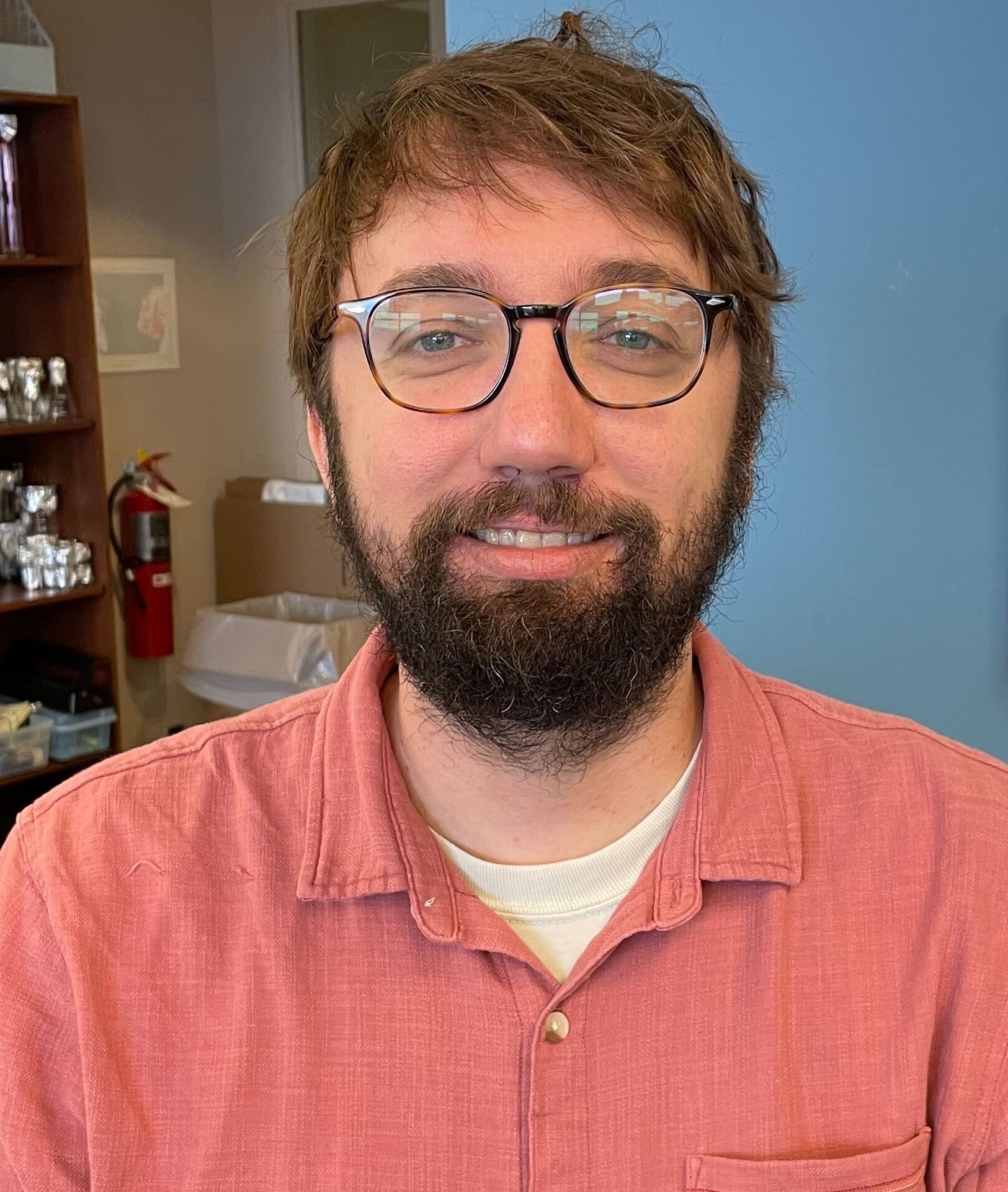
From environmental projects characterizing and quantitating contaminants in our water, food and even inside us, to infectious disease projects addressing antimicrobial resistance, “one of the world’s most urgent public health problems”, and studying factors that contribute to emerging infections, these seed grant-supported projects span a wide range of fields.
One project may result in improved clinical testing, while others build on our foundational scientific understanding, translating into practice in the future.
Several projects involve collaboration with other Wadsworth Center researchers, and all were presented during well-attended speed-talks to the Wadsworth community.
No matter the field, or whether the research is basic or translational, it is all in support of public health, and therefore, quintessentially Wadsworth Center.
Funded by Health Research Incorporated (HRI)
For over 70 years, HRI has partnered with the New York State Department of Health to assist with administrative and programmatic support for public health and research programs. As part of their mission to support and extend the functions of the Wadsworth Center, HRI awarded seed funding in Fiscal Year 2025.
Over 20 proposals were submitted from investigators all around the Center in response to the award announcement and, following review, the HRI Scientific Advisory Board selected nine for funding. This funding enables the Center’s researchers to pursue new research paths, equips them to perform critical scientific laboratory work, and supports dissemination of their findings and future grant proposals.
| Understanding how temperature and humidity interact to influence mosquito fitness and West Nile virus (WNV) transmission
|
| Identification and Quantitation of Contaminant Siloxanes in Drinking and Surface Waters
|
Nicholas Mantis, PhD Sudha Chaturvedi, PhD
| Antibody-based medical countermeasures for multidrug resistant Candida auris
|
| Exploring the role of protein-protein interactions in controlling promoter selection and gene expression of LuxR-type transcription factors in pathogenic bacteria
|
Not pictured: Lingyun Li, PhD | Characterization of the Incorporation of Both Free and Covalently Bound Perfluoroalkyl Carboxylic Acids (PFCA's) into Plant and Mammal Triglycerides and Phosphatidyl Cholines
|
| Characterization of WhiB proteins in Mycobacterium abscessus
|
| Functional Membrane Microdomains in Mycobacteria
|
Jennifer Yates, PhD Photo credit University at Albany Office of Communications and Marketing | Development of a Novel Multiplex Serology Assay for the Diagnosis of Chagas Disease
|
Jon Paczkowski, PhD Anil Ojha, PhD
| Community dynamics of the lung pathogens Mycobacterium abscessus and Pseudomonas aeruginosa
|







